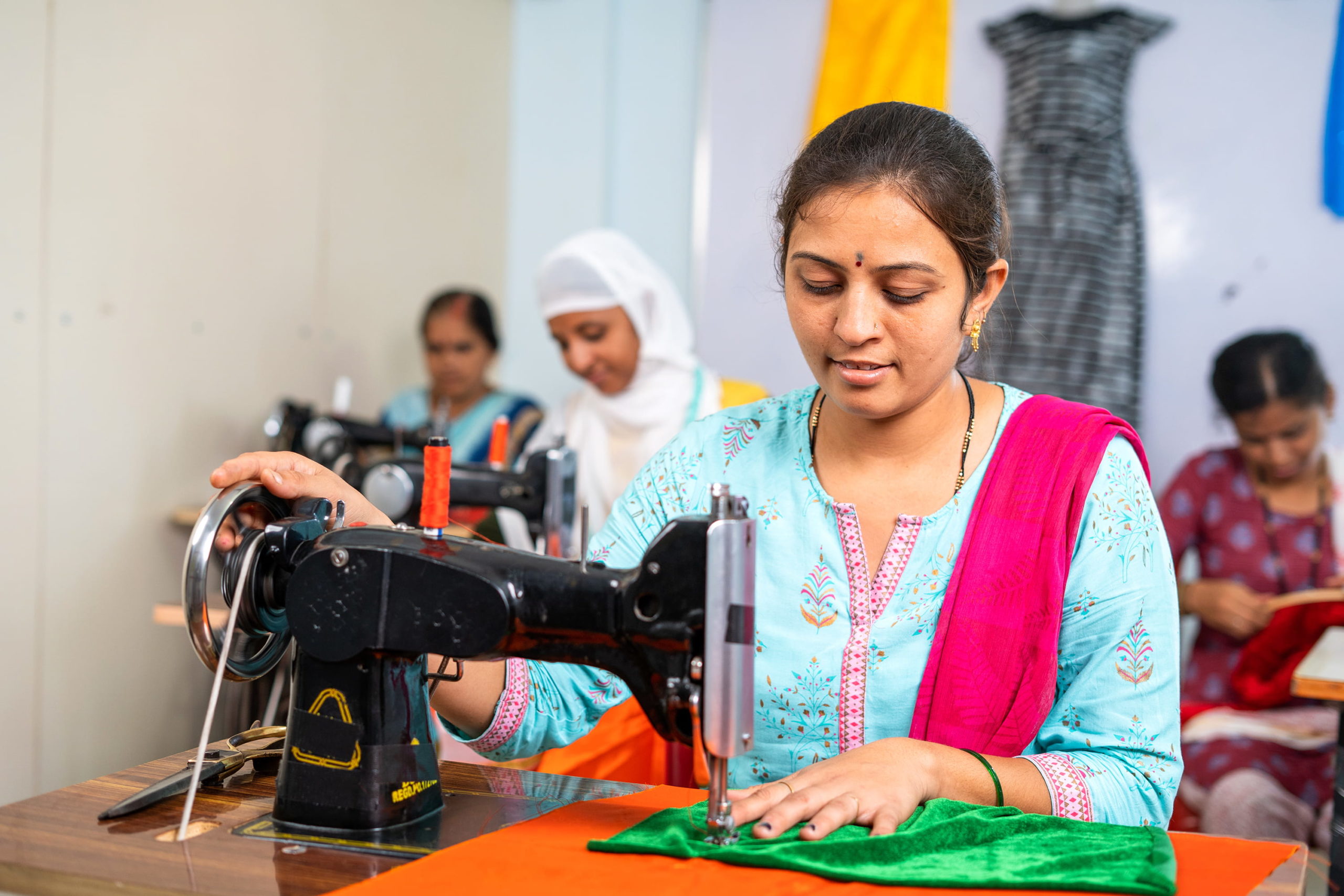India’s gender inequality and low female labour force participation rate (FLFP) are in stark contrast to its position as the fifth-largest economy in the world. Fewer than 25% of women work outside the home, and historical patriarchal norms are widely believed to be a factor. However, research on the impact of social norms on female labour choices in developing countries is limited by data constraints. To address this, we will leverage a novel dataset of ethnographic archives linked to modern census records to document the role of historical social norms on the relationship between structural transformation and FLFP. We will further examine how long-run local economic growth affects these social norms.
India has the highest number of working-age women who are not in the workforce in the world, making mitigating barriers to FLFP and female entrepreneurship crucial for economic efficiency, growth, and women’s welfare. The country’s diverse social groups and economic institutions make it an ideal environment to study cultural and economic factors that enable or inhibit FLFP. In this project, we ask two questions:
First:How do social-group specific historical norms influence the response of female labour force participation (FLFP) to structural transformation?
The U-shaped FLFP curve suggests that as the economy shifts from agriculture into secondary and tertiary sectors, women’s work outside the home initially decreases before increasing. However, in India, the evidence on whether FLFP is increasing at any stage of development is mixed. Patriarchal gender norms may be a key mediator in inhibiting women’s entry into modern sector jobs and accelerating their exit from the labour force with rising income. This paper proposes that individual social groups may be placed at different points on the U-shaped continuum, which may help explain why FLFP has not improved substantially in India despite economic growth.
Our study aims to understand India’s variation in development and FLFP at the local level. We focus on social groups at the jati level and labour markets at the village and town level. Our hypothesis is that while there is a structural relationship between economic transformation and FLFP, it is influenced by social norms at the jati level. Each group is characterized by an income and substitution effect, which can vary across groups and explain why the U-shaped curve is not evident in the full Indian population. This part of the project aims to provide descriptive evidence on the U-shaped phenomenon, while our second part aims to isolate a causal effect of structural transformation on norms.
We will test two hypotheses in the data –
- The within-group FLFP/income relationship fits the U-shape hypothesis better than the cross-group relationship.
- Specific patriarchal social norms predict different income and substitution elasticities of female work, and thus different shapes of the development/FLFP curve.
Second: How does urbanization impact gender norms and gender-biased practices?
Urbanization is often seen as promoting gender equality by creating economic opportunities and reducing patriarchal gender ideologies. However, there is limited empirical evidence on the impact of cities on social beliefs and attitudes about gender. Our study aims to investigate the impact of urbanization on gender norms using a long-term panel of social norm change, extending the research beyond microeconomic policies to macroeconomic trends like urbanization and structural transformation.
We will use social group-level time series data from the early 1900s to late 1980s to examine whether groups exposed to urbanization have liberalized gender norms. The study will employ instruments for urbanization to provide causal identification and examine which groups have changed norms and which norms have remained resilient. The study hypothesizes that individuals more exposed to urbanization will exhibit less patriarchal behavior. We will also test whether there is convergence in social norms across groups when they share urban spaces.
An open gender data platform:
We will assemble an unprecedented dataset on historical and modern gender norms of 5000 social groups in India, over a 100-year timeline, and linking them to contemporary gender-disaggregated census records. Our data sources include ethnographic data from the 1900s and 1988-1990, the 1931 Census, and the 2012 Socio-Economic and Caste Census. All data will be made public before the papers are published. Our team has a track record of early release of complete, well-documented, and highly usable data. Our commitment to early sharing of high-quality data is evident in our SHRUG platform (Asher et al. 2021) and judicial data series (Ash et al., 2023).
